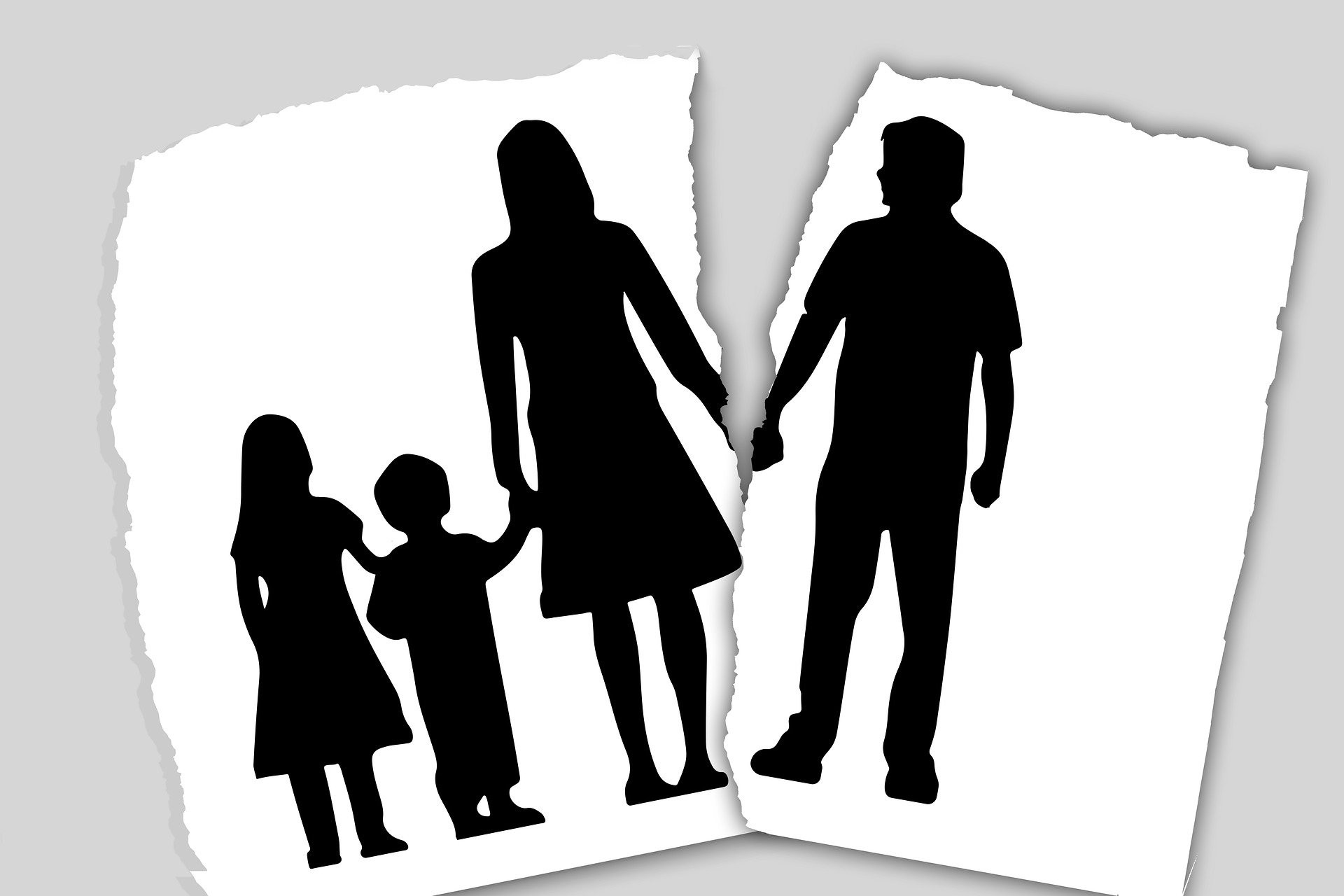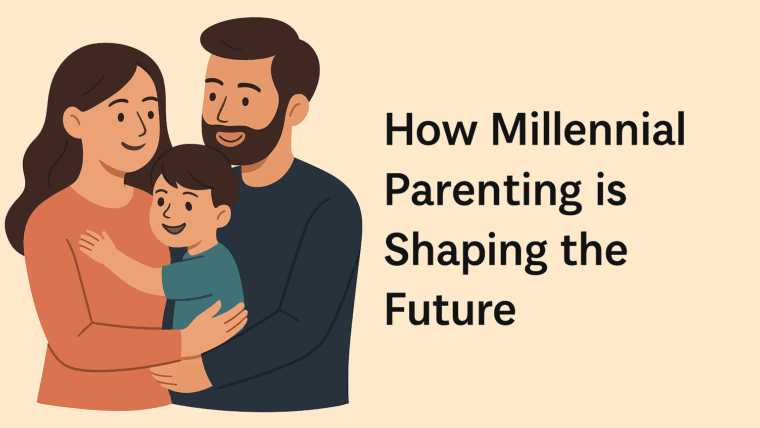New parents commonly experience difficulties with maintaining their babies within safe sensory boundaries. Babies share with adults the ability to experience sensory overload. Newborns struggle when exposed to bright lights, loud sounds, and continuous motion because this combination often leads to crying and fussiness as well as physical discomfort.
Our article explores infant overstimulation signs and teaches how to identify these signals, alongside discussing easy techniques for establishing a relaxing space for your baby. Learning the signs will provide you with essential knowledge to help your baby stay secure, comfortable, and happy.
What is overstimulation in infants?
The condition of the infant Overstimulation occurs when babies experience excessive sensory input, such as brilliant lights or booming sounds, together with continuous movement. During the developing phase, babies still learn to interpret their surroundings; their small brains become overloaded very fast. The signs of overstimulation differ from those of typical fussiness because they create noticeable, intense crying as well as restless behavior or physical jerking actions.
My child becomes more fussy and cries for longer periods when we visit crowded family events, but his crying stays minimal during tranquil home days. People sometimes underestimate the high fragility of baby sense organs in comparison to adult sense organs. When you first experience all things at once, it feels totally overwhelming.
Common Signs of Overstimulation in Infants
Identifying when your newborn becomes overstimulated compared to when they need sleep creates challenges for new parents. When I paid attention to my baby’s face, I discovered that her large eyes revealed panic, though this never matched her normal relaxed expression. Here are some signs to watch for:
Crying or whimpering: It’s often the first sign. Your baby may be telling you they’re uncomfortable.
Turning Head Away: When they turn their head, it’s their way of trying to block out too much input.
Jerky Movements or Clenched Fists: Your baby’s body will show such signs because something is exceeding its abilities.
Wide Eyes: Too much stimulation tends to produce such reactions as seen during instances of blocking out loud or brilliant things from sight.
Trouble Sleeping: Your baby will encounter increased challenges in sleeping when stimulated too much, which also results in more frequent nighttime awakenings.
Arching Back or Tensing Muscles: This is a physical way of saying, “I’ve had enough!”
Vomiting or Gagging: Excessive overstimulation produces this uncommon response during extreme cases.
The warning signs should receive your constant observation. Your baby will require time to rest when these signs continue.
Causes of Overstimulation in Infants
Each baby experiences different reasons that cause overstimulation, but certain main factors stand out. My observations demonstrate how unfamiliar, noisy environments lead to exhaustion in my young child. Here are some causes:
Environmental Factors: The exposure of babies to areas containing many bright lights together with noisy conditions and heavy crowds leads to quick feelings of being overwhelmed. Our baby became exhausted after attending every family event that I joined.
Interaction Overload: The desire of numerous individuals to both converse with your baby while holding them creates exhaustion for your child. Your child requires exclusive quiet moments free from social engagement.
Emotional State: Infants respond highly to emotional expressions from their parents. Situations of stress in my presence made my baby more fussy in their behavior.
Hunger or Tiredness: The combination of hunger and sleepiness increases how easily babies become overstimulated because they already exist in an aroused state. Understanding what triggers overstimulation enables parents to prevent taking their babies beyond their tolerance levels.
How to Prevent Overstimulation in Babies
Balance serves as the key factor to prevent overstimulation in babies. I noticed my baby grew cranky after spending too much time playing, thus becoming trained to identify when the time came to transition activities. Here’s what worked for me:
Limit Exposure to Excessive Noise and Visual Stimuli: Minimize your home environment to reduce exposure levels of noisy backgrounds and multitudes of visual distractions because these factors stress babies. Dimming room lights proved effective for me while administering naps to my baby.
Create a Calm Environment: Make their space a little sanctuary. This includes a quiet room for naps, soft blankets, and a consistent routine to help them feel secure.
Watch for Signs of Tiredness or Hunger: Babies show cues like rubbing their eyes or sucking their thumb when they’re getting tired. I learned to take action early before the meltdown.
Give Frequent Breaks from Social Interaction: Frequent periods of rest from social interaction should be provided to your baby beyond displaying them to others.
Slow Down Activities Changing to peaceful activities such as gentle rocking and book reading will help when your baby reaches an energetic state. These minor modifications will make significant improvements in the situation.
How to Soothe an Overstimulated Baby
When your baby reaches an overwhelmed state, you will need quick calming techniques to bring them back to relaxation. I experience worry about failed baby comforting but learn that everything remains in order. Here’s what helped me:
Gentle rocking or swaddling: These comforting motions help reset your baby’s nervous system and make them feel safe.
Offer a pacifier or comfort item. Sometimes just sucking on something can help a baby calm down.
Reduce Noise and Dim the Lights: I’d make the room dark and quiet—less noise means less stimulation.
Hold Them in a Familiar Space: A quiet room where your baby feels secure can do wonders. I also found that carrying my baby in a soft carrier made them feel soothed.
Soothing Sounds: I’d put on calming music or use white noise—it’s like magic for calming an overstimulated baby.
If nothing works immediately, don’t stress—it takes time to figure out what your baby needs in those moments.
When to Seek Help
While most cases of overstimulation can be handled at home, sometimes it’s worth reaching out to a professional. Here’s when you should consider it:
Excessive Crying: A persistent crying pattern should prompt you to seek professional medical advice because it could be a sign of a serious condition.
Frequent overstimulation: Regular observing of constant overstimulation requires a visit to your pediatrician.
When Other Symptoms Appear: Your baby needs a professional consultation when showing distress together with difficulty in managing their emotions.
Trust yourself because whenever doubt creeps in, you should right away seek professional help. The health and well-being of your baby must always be considered above everything else.
Conclusion
New parents who experience overstimulation problems need early identification and intervention steps to reach success. Proper knowledge about ways to prevent crying spells and soothe the baby brings greater comfort to infants.
You should place faith in your maternal instincts since your child receives top-tier parenting no matter what. When you need help regarding child care or feel doubtful about their needs, consult your pediatrician promptly.








10 Daily Habits to Manage Stress and Anxiety
Delicious Vegan Recipes for Every Meal: Easy and Healthy Ideas for 2025
Struggling to Start? Small Retail Business Ideas
How to Turn Your Hobbies into an Online Business as a Teen
Unbelievable Top 10 Health Benefits of Papaya
Parallel Parenting: A Practical Guide to Effective Co-Parenting in 2025
Struggling to Start? Small Retail Business Ideas
Why Home Based Selling Products Are the Future of E-Commerce